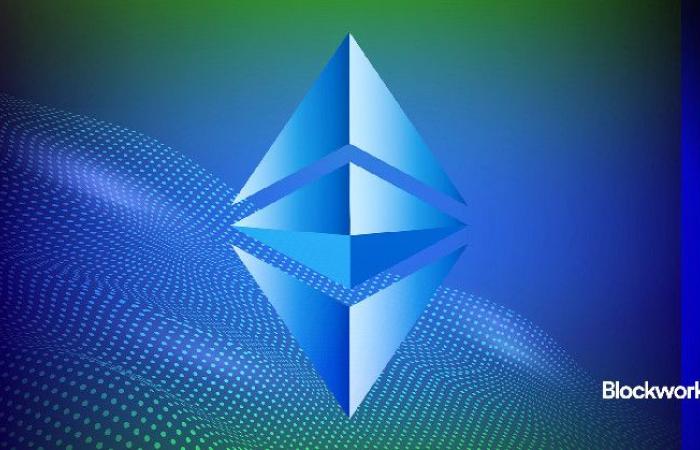Ethereum is currently going through its longest period of inflation. And the “blobs” could be responsible.
The circulating supply of ether has now increased steadily for nearly 72 consecutive days, having added nearly 50,000 ETH ($168.7 million) since mid-April.
ETH holders benefit from any net reduction in supply due to increased scarcity. However, the opposite is currently happening – ETH is becoming scarcer – now that Ethereum’s base fees are at some of their lowest points in the last two years.
Meanwhile, the number of transactions on the Ethereum mainnet has increased and layer 2 activity has exploded.
ETH has only become inflationary for an extended period of time on a few occasions since the merger in September 2022, the longest being a 40-day period shortly after the hard fork and a 30-day period at the end of the hard fork. last year.
(There is no universal standard for determining when ether is in an inflation period. For the purposes of this article, inflation periods begin when the total supply of ETH increases by at least three consecutive days, and vice versa.)
Ether is inflationary because there are far fewer base fees to spend. The March Dencun update created a special space in each block for layer 2 networks to settle “blobs” of transactions without bidding against regular mainnet users.
This, combined with more efficient data availability through proto-danksharding, has led to significantly reduced competition for block space.
With enough block space for everyone — including layer 2 users via blobs — Ethereum’s base fees have dropped 90% since Dencun, making it more likely that each block will emit more than ETH that cannot be burned.
In addition to abandoning proof of work in favor of proof of stake, the merger allowed ether to become deflationary block by block. Ethereum’s base fee, which users pay to transact on the network, was previously paid to miners as part of their reward for spending electricity to discover blocks.
But without any electricity costs after the merge, the total block reward would have far exceeded the overhead. This could have skewed the distribution of the coin supply in the long run, with validators ending up accumulating a disproportionate amount of ETH that would be almost pure profit.
To make things fairer for regular users, the developers have opted for a base burn fee. Validators instead receive a mix of priority fees, reduced block rewards and, if they activate it, additional MEV yield.
The Ethereum block reward is currently just over 2 ETH ($6,800) with fees contributing less than 2.5%. Proof-of-work Bitcoin pays nearly 3.3 BTC ($200,000) per block, but with significantly higher costs.
To be clear, Ethereum has burned through a ton of supply since the merge, even though most of it was pre-blob. A total of 1.71 million ETH ($5.8 billion) was burned and 1.36 million ETH ($4.46 billion) was issued, resulting in a reduction in offering of 346,000 ETH ($1.17 billion).
This makes ETH deflationary by 0.161% per year.
If Ethereum was still operating on a proof-of-work basis, the supply would have increased by 6.76 million ETH ($22.87 billion) – an annual inflation of over 3%.
So even with its recent inflationary trend, holders are still much better off, albeit slowly and slightly diluted.






